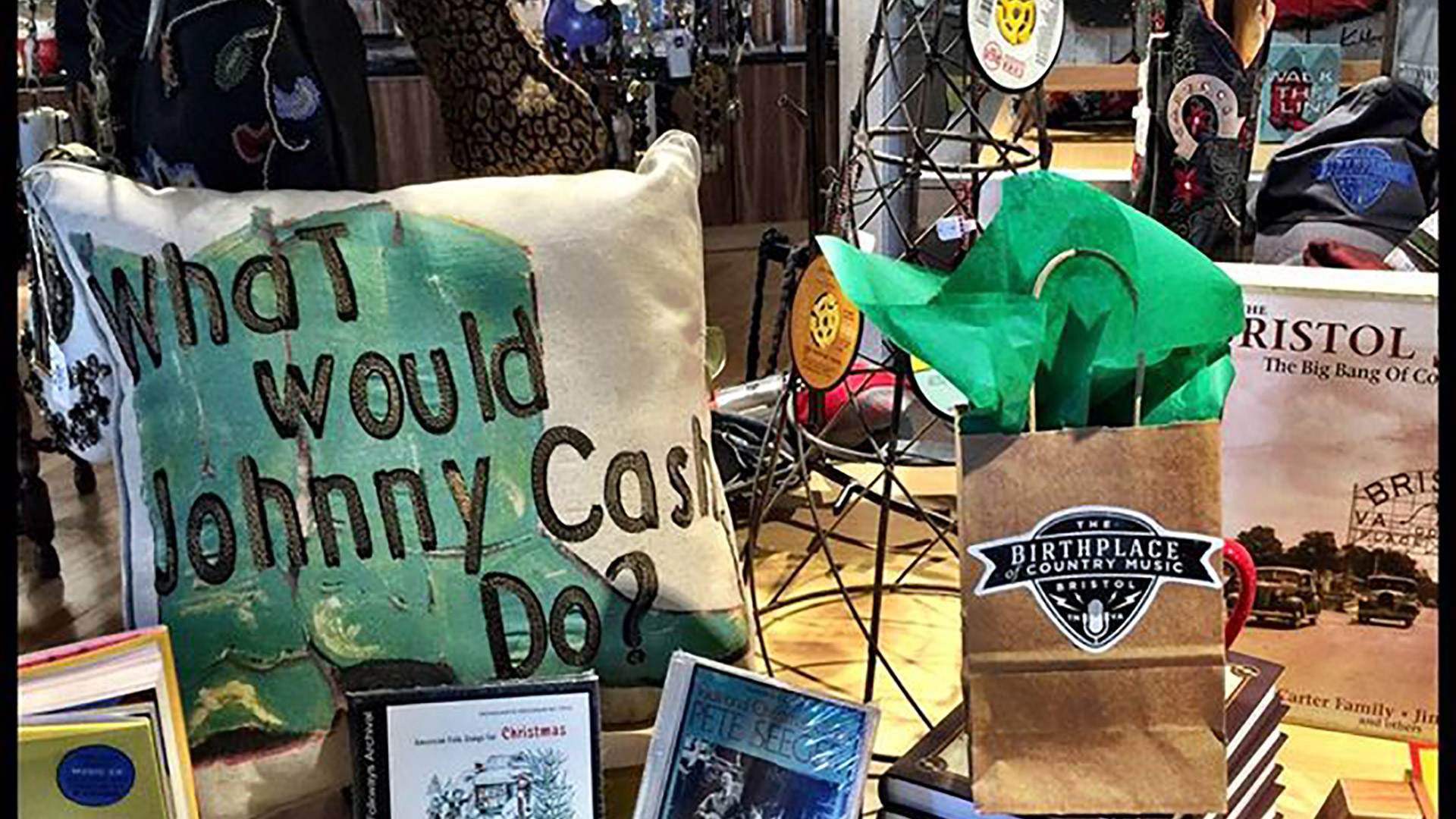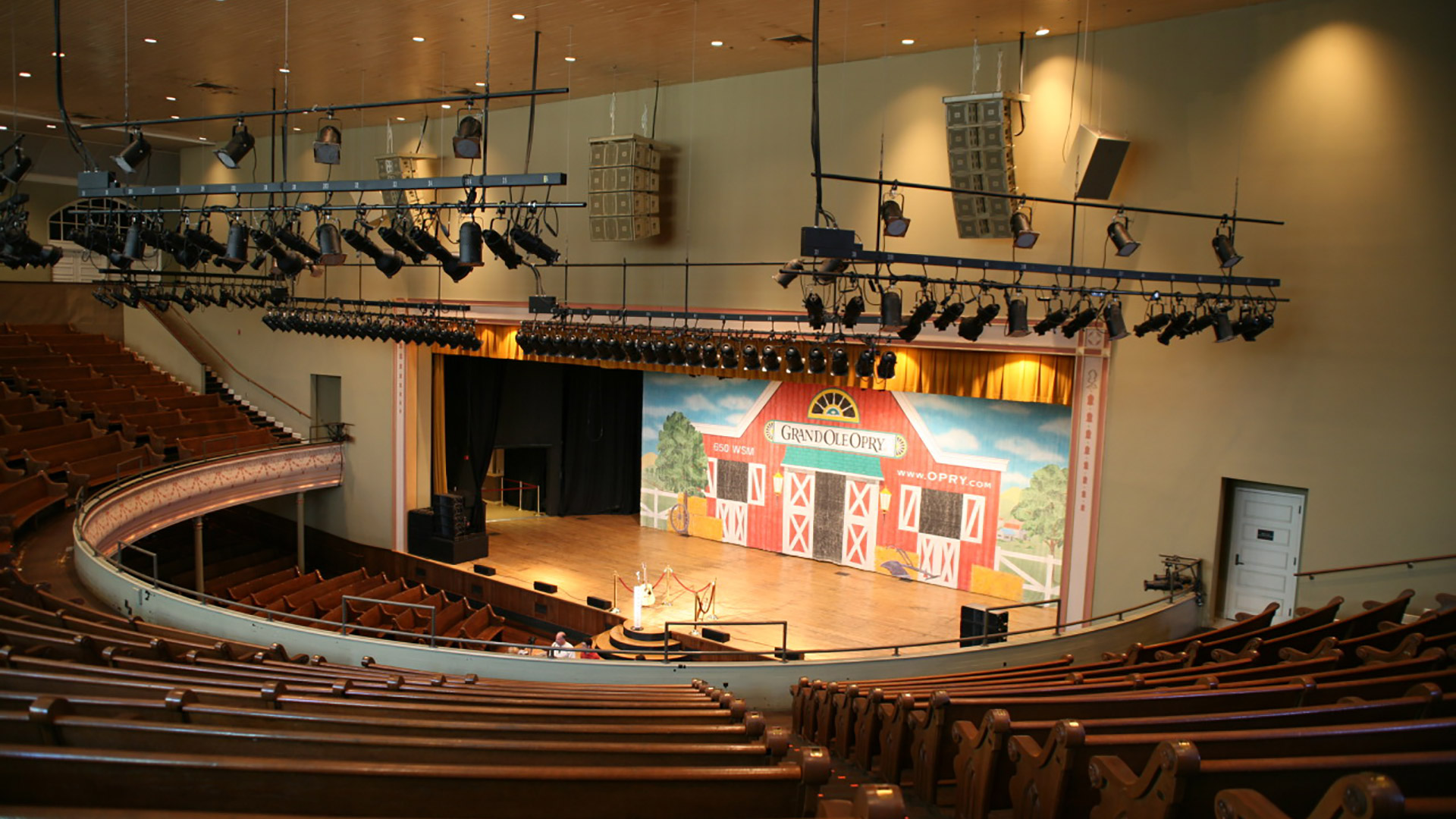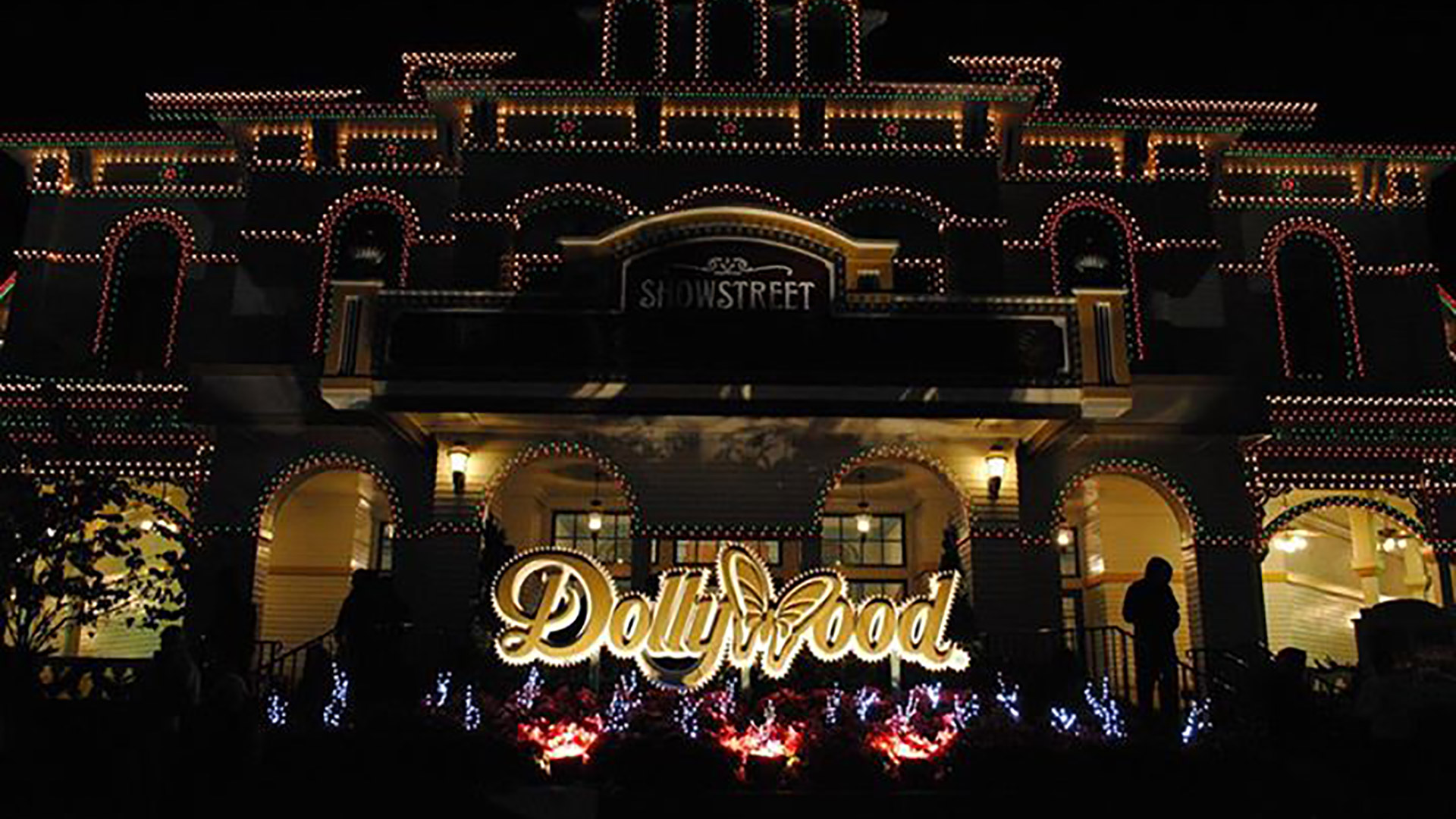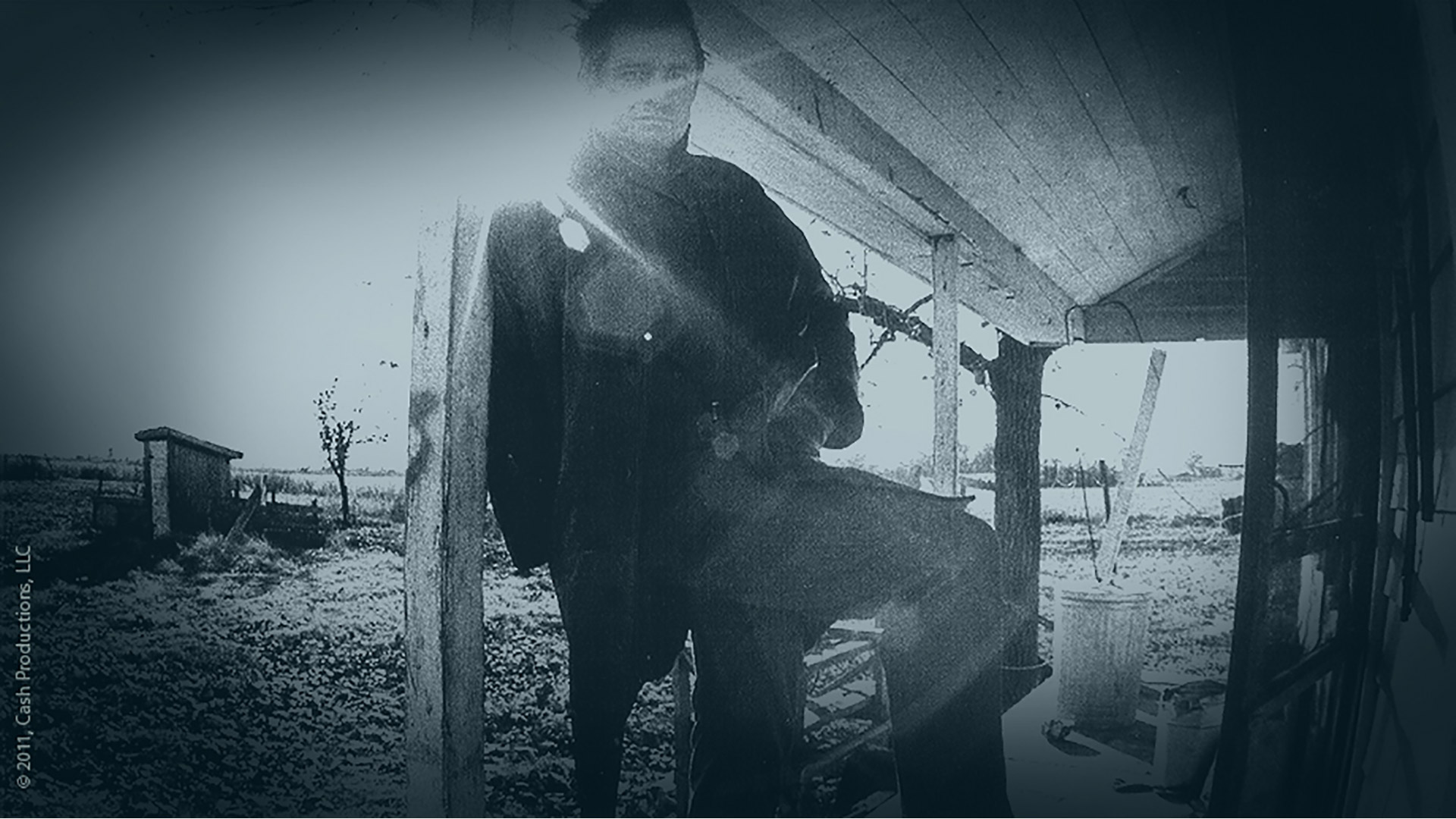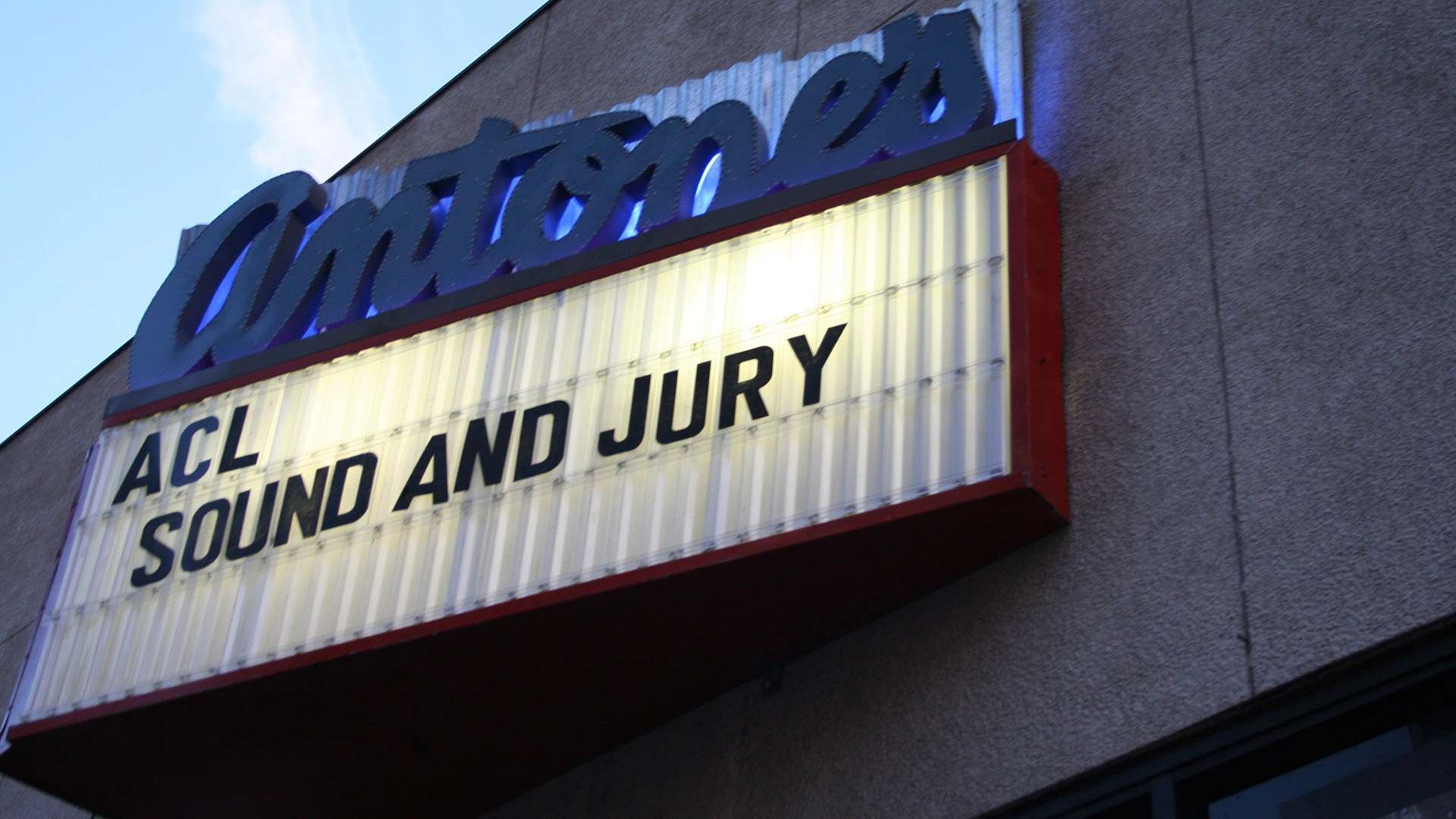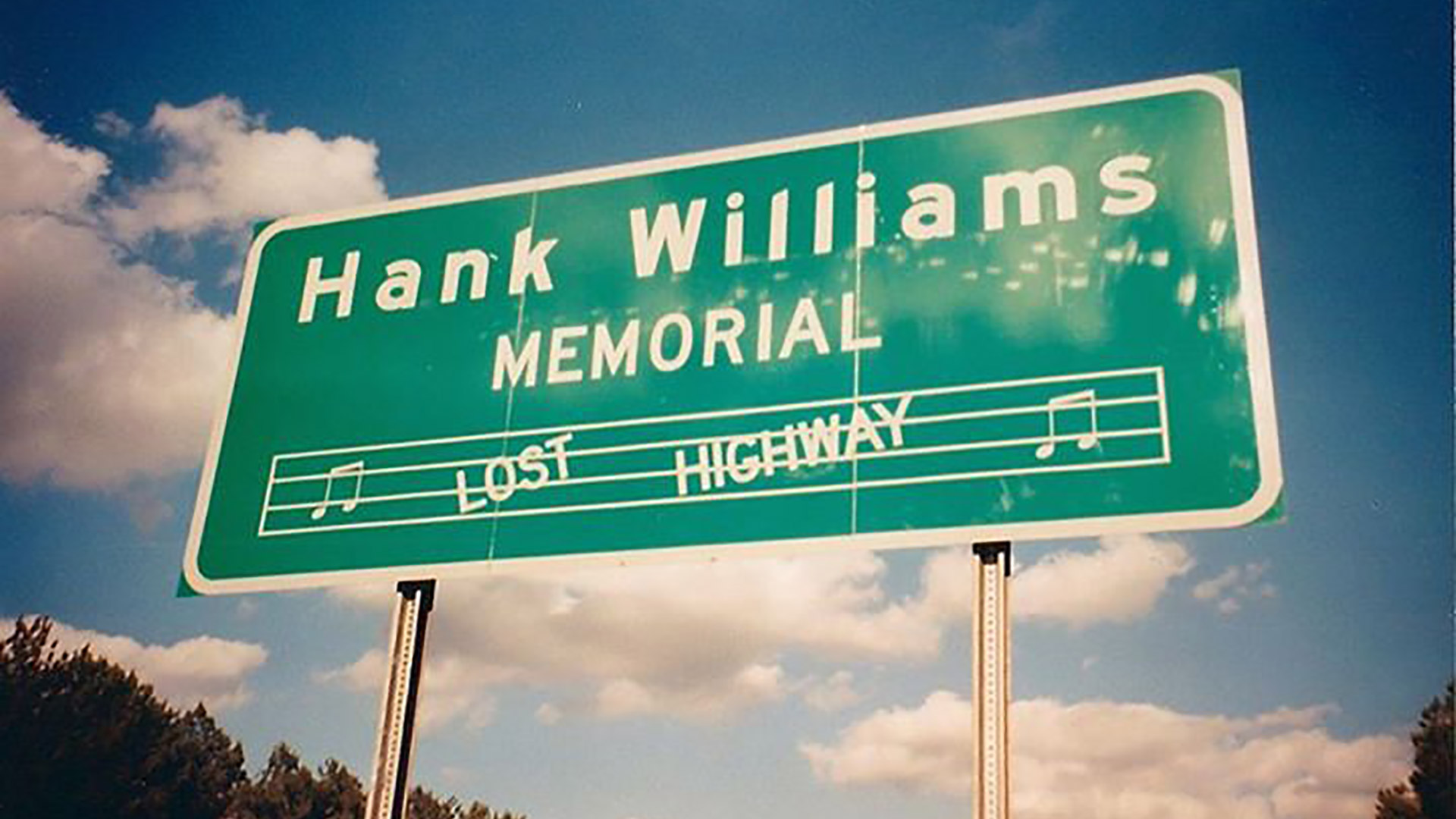10 Country & Western Locations
Words By Sid Griffin
-
1. The Taylor Christian Hat & Glove Company
Bristol, TennesseeState Street rests right on top of Tennessee’s border with Virginia, so you can stand in two states at once if you dare brave the traffic. In 1927, Ralph Peer braved more than that by recording 19 artists performing a whopping 76 songs in only two weeks, in what became known as the ‘Big Bang of Country Music’. This is where and when Country really took off commercially and two of Peer’s stars, The Carter Family and Jimmie Rodgers, became instant icons still revered to this day.
Taylor Christian’s company is long gone, but the Birthplace Of Country Music Museum (run by the Smithsonian) is just a short walk away and contains information and memorabilia dating back to that momentous event.
-
2. The Ryman Auditorium
Nashville, TennesseeLocated in downtown Music City, the Ryman Auditorium is called ‘The Mother Church Of Country Music’ for good reason. The Grand Ole Opry broadcast here from 1943 to 1974 and absolutely everyone in country music has performed on its stage. Everyone.
The Ryman is both a National Historic Landmark and on the National Register Of Historic Places. Downstairs folks still sit in pews, but the historically named Confederate Balcony is now more derriere friendly and a 1994 renovation installed some much needed air-conditioning. Out back is the alley where a less than sober Hank Williams was refused entry not long before his death, and the legendary watering hole Tootsie’s Orchid Lounge (previously Mom’s) is only a stone’s throw away.
-
3. Dollywood
Pigeon Forge, TennesseeWhen the incomparable Ms Dolly Parton announced she would invest several of her hard-earned millions in a theme park, set in her native east-Tennessee hills, few thought it would succeed. These days, Dollywood sees over three million visitors a year and is world-famous in its reputation.
With the scenic Smoky Mountains providing a fine backdrop, you can ride on rollercoasters, see local craftsmen display their wares, eat fried chicken and cornbread while listening to some genuine mountain music and visit the Southern Gospel Museum & Hall Of Fame all in one day. Not bad for a ‘dumb blonde’, as so many critics branded her.
-
4. Bill Monroe’s Birthplace
Rosine, KentuckyAs important to American music as Louis Armstrong and Duke Ellington are, the man they called ‘Big Mon’ invented the genre they helped to define. Crowned the King of Bluegrass – named after his native state’s grasslands – Monroe’s boyhood home is conveniently located just a pleasant afternoon’s drive out of Nashville.
Now renovated, this quaint one-story white wooden building was home to both Bill and his talented (if largely forgotten) brother, Charlie. The house is mentioned in many of Big Mon’s songs and visitors on any given summer’s day will see grown men fight tears on the old front porch, as they pick their way through one of their hero’s uptempo classics.
In recent years, the site has also been made headquarters for the charming Jerusalem Ridge Festival.
-
5. Johnny Cash Childhood Home
Dyess, ArkansasThough originally born in Kingsland, the ‘Man in Black’s’ family moved to Dyess when he was just three years old. Dyess was a new town, started in 1934 as part of FDR’s New Deal, and times were tough. Ironically, the Cash family had none and Johnny’s formative years were tough enough to make anyone want to wear black for life; the area flooded frequently, cotton crops were constantly ruined and Cash witnessed the death of his young brother, Jack, after an accident involving an electric saw.
Locals have spruced up the neighborhood since those early days, and the house looks fit and tidy, but bear in mind that this is far from Graceland. Visitors often leave with a renewed respect for Cash and a deeper understanding of how and why he was so ahead of Nashville in embracing civil rights, Bob Dylan’s music and the plight of the Native American.
-
6. The Home of Louisiana Hayride
From 1948 to 1960, a radio show called Louisiana Hayride managed to give the Grand Ole Opry (see Ryman Auditorium above) a run for its money. Broadcast on KWKH, it was broadcast throughout the American sunbelt and featured one Elvis Presley before Nashville could even spell his name. It also showed support for Hank Williams after most of the Country & Western music industry gave up on him and helped propel the careers of Johnny Horton, Faron Young, Webb Pierce and many others into the big time.
Later transferring to TV via KSLA (the CBS outlet in town), the Hayride also gave The King his very first television appearance in March 1955. The Hayride stopped in 1969, after a long decline in Country brought on by the very music Elvis helped to popularize: Rock & Roll.
-
7. Antone’s
Austin, TexasClifford Antone was the real deal. Attending the University of Texas in the heady 1960′s, he fell in love with Austin, had the odd brush with the law, learned his passion for live music and started his nightclub all before the 1970′s ended.
Branching out into a record label and shop, Antone never stopped providing an important tour stop for the likes of Delbert McClinton, Doug Sahm, Jerry Lee Lewis and countless other country boys gone bad. Though he passed away in 2006, his venue – and legend – lives on. Wear a cowboy hat, order a Lone Star beer, and tip the hostess with a “Yes ma’am” when you stop by.
-
8. The Hank Williams Museum
Montgomery, AlabamaCountry music has its heroes and all with good reason. Hank Williams was a martyr to his art, an uber-gifted songwriter, and a man who drank not to destroy his demons, but to numb the chronic back pain which was slowly but surely killing him.
In many ways this is a ‘typical’ country music museum, somewhat earnest, somewhat ghastly, but reveling in both. Clothing encased behind perspex, guitars in glass cases, an interactive history of the hero, and a gift shop with bumper stickers and badges are all on show, but this also has a very unique selling point: the bright blue Cadillac in which Hank took his last ride, dying on the way to a concert he would never give. Okay, you may not be able to sit in it, but that doesn’t make its aura any less impressive.
-
9. The Palomino Club
Hollywood, CaliforniaStarted by Western swing star Hank Penny in 1949, when L.A. was putting the ‘Western’ in Country & Western, The Palomino was known as one of the best places for a white, blue-collar redneck to get into a good brawl. Seating 400 indoors, with another 400 able to see from the outside, The Palomino had a dance floor, a good sound system, and a door set right into the south wall of the club so the likes of Marty Robbins could go directly from his tour bus to the stage. True story.
The late 1960s saw acts like the Flying Burrito Brothers, Linda Ronstadt and Kris Kristofferson perform here, while the late 1980s witnessed the invasion of Cowpunk with Dwight Yoakam, Lone Justice and The Long Ryders all playing to the crowds. The Palomino shut its doors and its history in 1995, but the site and its iconic neon sign (located down the road in the Valley Relics Museum) still attract big numbers.
-
10. Cap Rock
Joshua Tree National Park, CaliforniaA holy shrine and an unholy mess at the same time, Cap Rock marks the beautifully secluded spot in the desert to the east of LA where country-rock pioneer Gram Parsons’ corpse was set alight as part of a bizarre death pact with his roadie. For over forty years fans have left gifts at the site, drawn slogans on the rocks and held their own bizarre – but largely less permanent – rituals there.
Like the front of Abbey Road Studios or the gates of Graceland, this graffiti left by Parsons’ cult followers is periodically cleaned up, but always returns, giving Parsons a notoriety in death which he never enjoyed in life.
-
11. ABOUT THE AUTHOR
Sid Griffin is a roots music artist, broadcaster and author who started the Alt-Country scene with his band The Long Ryders. He regularly guests on 6 Music’s Radcliffe & Maconie show. His most recent book, Million Dollar Bash: Bob Dylan, The Band & the Basement Tapes is available now.
Feast on the Highway: Eat Your Way South
Food and drink are an important part of the American experience in the South. This is not somewhere where you come to eat light...
The Blues Highway: The Story of Route 61
The road traverses 1,400 miles of country between New Orleans, Louisiana, and Wyoming, Minnesota.
